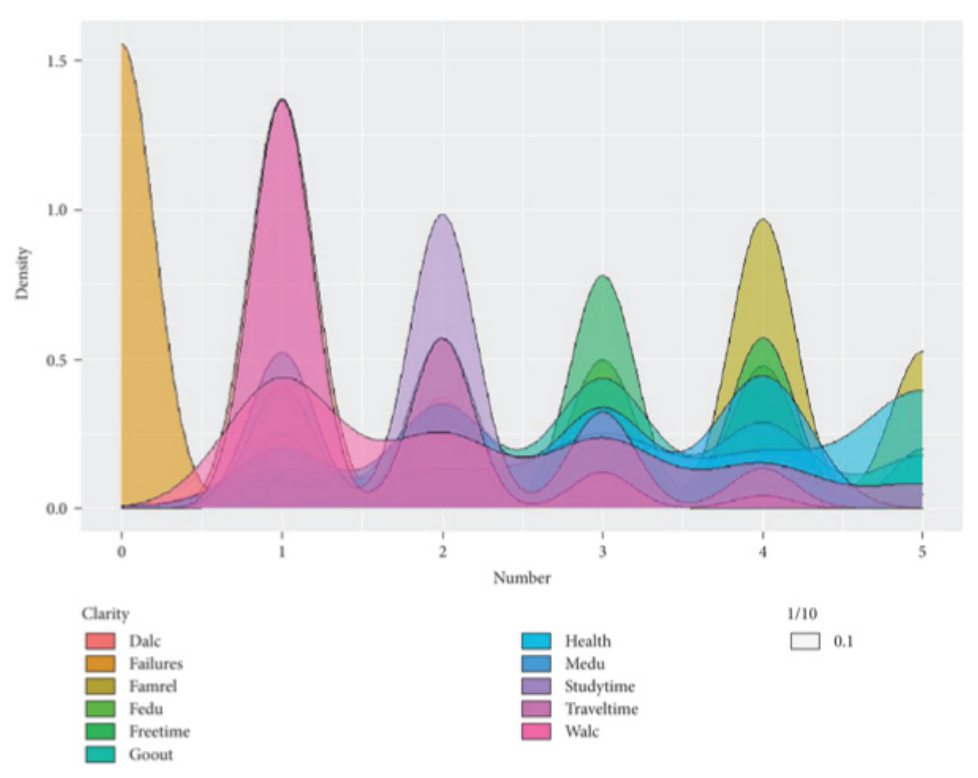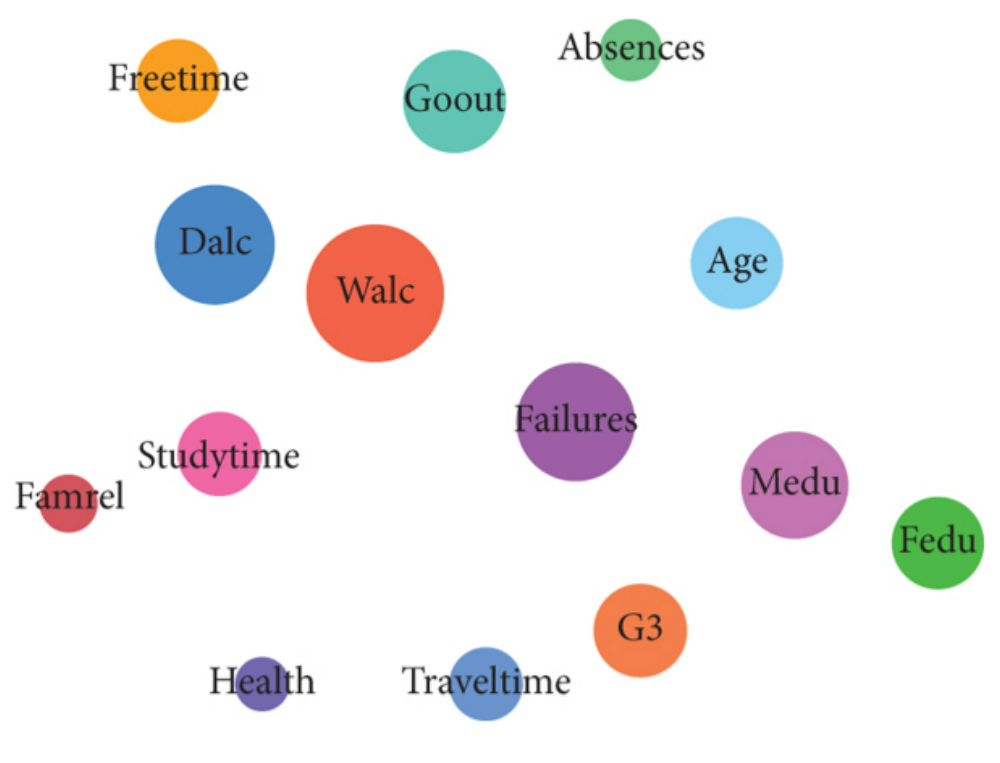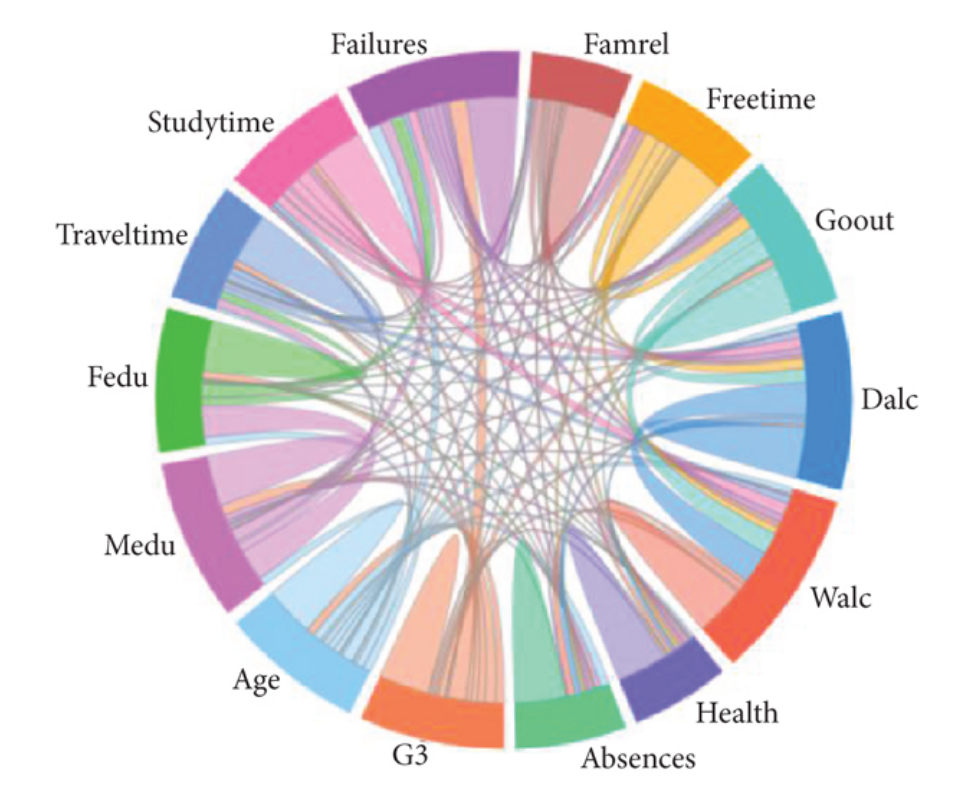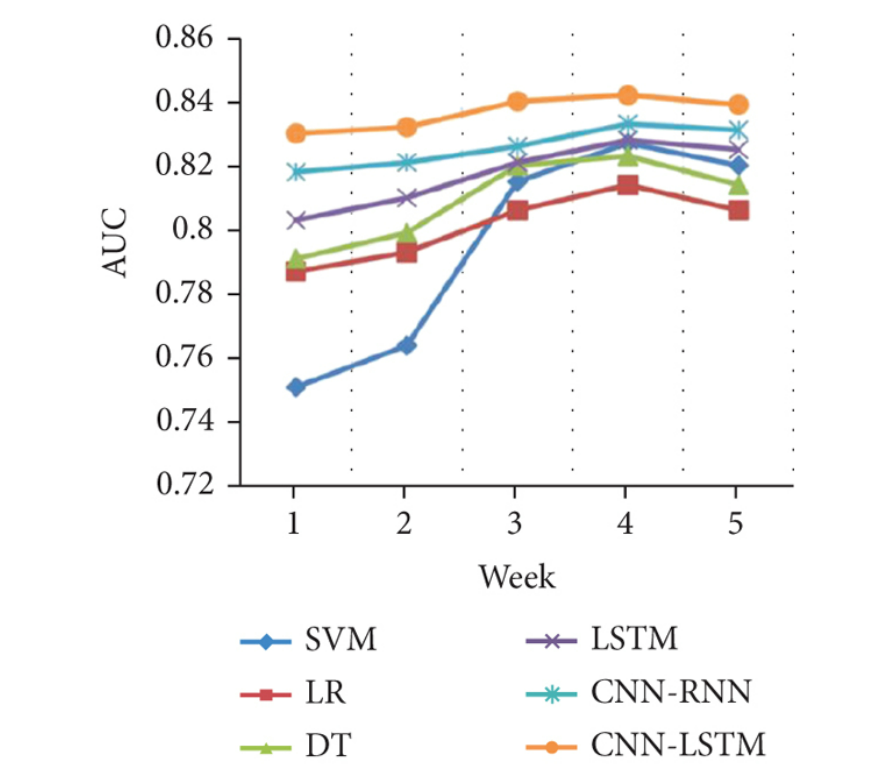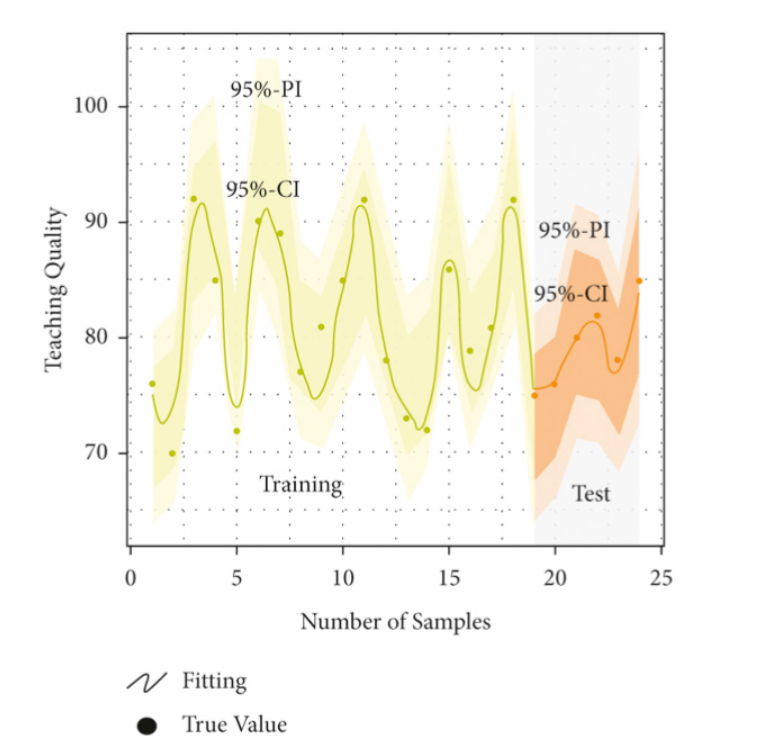 An open access journal
An open access journal
Exploring Cultural Landscape Genes: Inheritance and Innovation from a Cross-Cultural Perspective
Abstract
This article explores the concept of cultural landscape genes, analyzing their inheritance and innovation from a cross-cultural perspective within the context of globalization. It begins by defining cultural landscape genes as the core elements that constitute the uniqueness and continuity of specific cultural landscapes, analogous to genes in biology. The theoretical foundations are established through cultural geography and heritage conservation theories. The study compares Eastern and Western interpretations of cultural landscapes. Eastern perspectives emphasize harmony between humans and nature, as seen in traditional Chinese, while Western perspectives focus on human dominance over nature, evident in European formal gardens and urban planning. The impact of globalization is examined, highlighting challenges such as cultural homogenization and the preservation of cultural diversity. The article addresses the balance between inheritance and innovation, acknowledging challenges like over-commercialization and cultural alienation. To mitigate these issues, it proposes solutions such as formulating reasonable policies and regulations to protect cultural heritage, strengthening community participation to ensure local engagement and authenticity, and enhancing education and public awareness to foster appreciation and support for cultural landscapes. In conclusion, the article emphasizes that achieving a harmonious balance between inheritance and innovation is crucial for the sustainable development of cultural landscapes. By respecting and preserving core cultural values while embracing thoughtful innovation, societies can maintain cultural diversity, strengthen social cohesion, and enrich human civilization in an increasingly interconnected world.
Share and Cite
Article Metrics
References
- UNESCO. (2003). Convention for the Safeguarding of the Intangible Cultural Heritage. UNESCO.
- Rössler, M. (2006). World heritage cultural landscapes: A UNESCO flagship programme 1992–2006. Landscape Research, 31(4), 333-353.
- Harvey, D. C. (2001). Heritage pasts and heritage presents: temporality, meaning and the scope of heritage studies. International Journal of Heritage Studies, 7(4), 319-338.
- Smith, L. (2006). Uses of Heritage. Routledge.
- Lowenthal, D. (1998). The Heritage Crusade and the Spoils of History. Cambridge University Press.
- Taylor, K., & Lennon, J. (2011). Cultural landscapes: a bridge between culture and nature?. International Journal of Heritage Studies, 17(6), 537-554.
- Graham, B., Ashworth, G. J., & Tunbridge, J. E. (2000). A Geography of Heritage: Power, Culture and Economy. Arnold.
- Antrop, M. (2005). Why landscapes of the past are important for the future. Landscape and Urban Planning, 70(1-2), 21-34.
- Naveh, Z. (2001). Ten major premises for a holistic conception of multifunctional landscapes. Landscape and Urban Planning, 57(3-4), 269-284.
- Plieninger, T., & Bieling, C. (Eds.). (2012). Resilience and the Cultural Landscape: Understanding and Managing Change in Human-Shaped Environments. Cambridge University Press.
- Selman, P. (2012). Sustainable landscape planning: the reconciliation of people and place. Earthscan.
- Fairclough, G., & Rippon, S. (2002). Europe's Cultural Landscape: Archaeologists and the Management of Change. EAC Occasional Paper No. 2.
- Bürgi, M., Bieling, C., von Hackwitz, K., Kizos, T., Lieskovský, J., Martín, M. G., ... & Kuemmerle, T. (2017). Processes and driving forces in changing cultural landscapes across Europe. Landscape Ecology, 32(11), 2097-2112.
- Wu, J., & Hobbs, R. (2002). Key issues and research priorities in landscape ecology: An idiosyncratic synthesis. Landscape Ecology, 17(4), 355-365.
- Cosgrove, D. E. (1998). Social Formation and Symbolic Landscape. University of Wisconsin Press.
- Naveh, Z., & Lieberman, A. S. (2013). Landscape Ecology: Theory and Application. Springer Science & Business Media.
- Tress, B., Tress, G., & Fry, G. (2005). Integrative studies on rural landscapes: policy expectations and research practice. Landscape and Urban Planning, 70(1-2), 177-191.
- Jones, M., & Stenseke, M. (Eds.). (2011). The European Landscape Convention: Challenges of Participation. Springer Science & Business Media.
- Phillips, A. (2002). Management guidelines for IUCN category V protected areas: protected landscapes/seascapes. IUCN.
- Swaffield, S. (Ed.). (2002). Theory in Landscape Architecture: A Reader. University of Pennsylvania Press.

